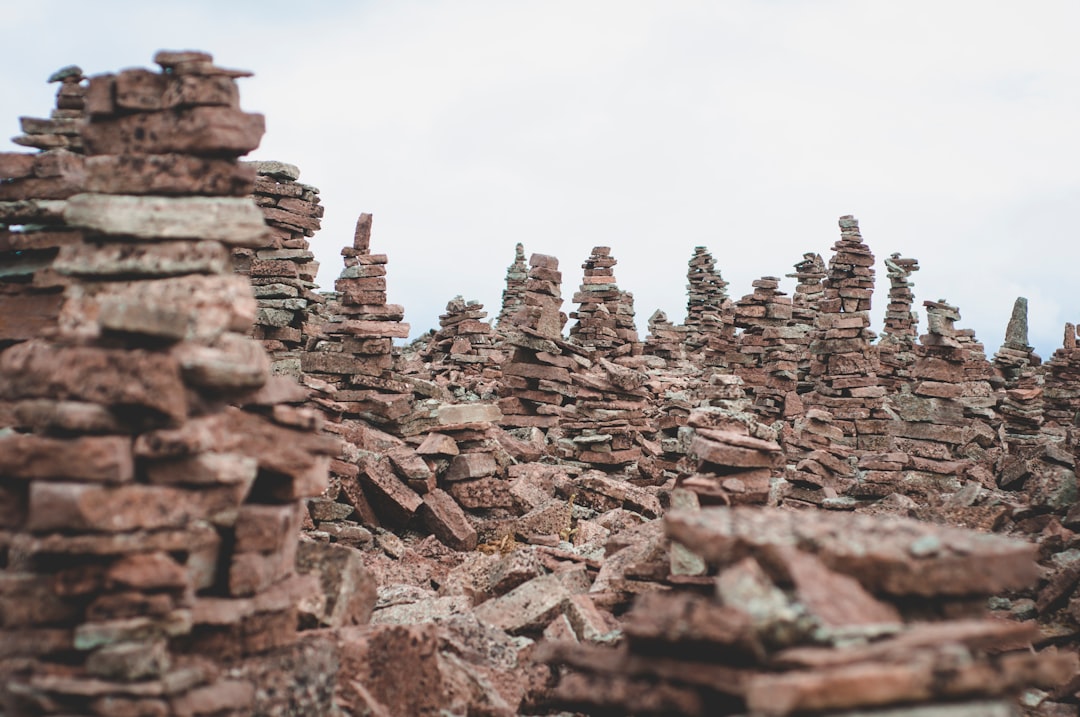What is it about?
Probability sampling became the rage in archaeology from the 1960s until about the mid-1980s, then fell rapidly out of favor, whether for field survey, excavation or lab work. While explicit sampling persists at a low level, and implicit sampling is still widespread, archaeologists of the last two decades rarely even describe, let alone discuss or justify, their sampling methods, When they do, the sampling strategies are often not well developed. This article explores the possible reasons for the near invisibility and lack of sophistication of sampling in modern archaeology, and suggests some ways, mainly concerning student training, we might enhance sampling competence among archaeologists.
Featured Image

Photo by Hulki Okan Tabak on Unsplash
Why is it important?
Probability sampling is a vital element in most sciences and many social sciences for ensuring that research results are valid. Archaeologists frequently make use of statistical analyses, yet do not always make reasonable efforts to ensure that they are meeting one of the most basic assumptions of most of their statistical tests: that the data are representative of the phenomenon of interest. Furthermore, even when they do use probability sampling, they do not always do so efficiently or most effectively, and usually do not adequately describe or justify their sampling strategies.
Read the Original
This page is a summary of: Sampled to Death? The Rise and Fall of Probability Sampling in Archaeology, American Antiquity, June 2020, Cambridge University Press,
DOI: 10.1017/aaq.2020.39.
You can read the full text:
Resources
Contributors
The following have contributed to this page










